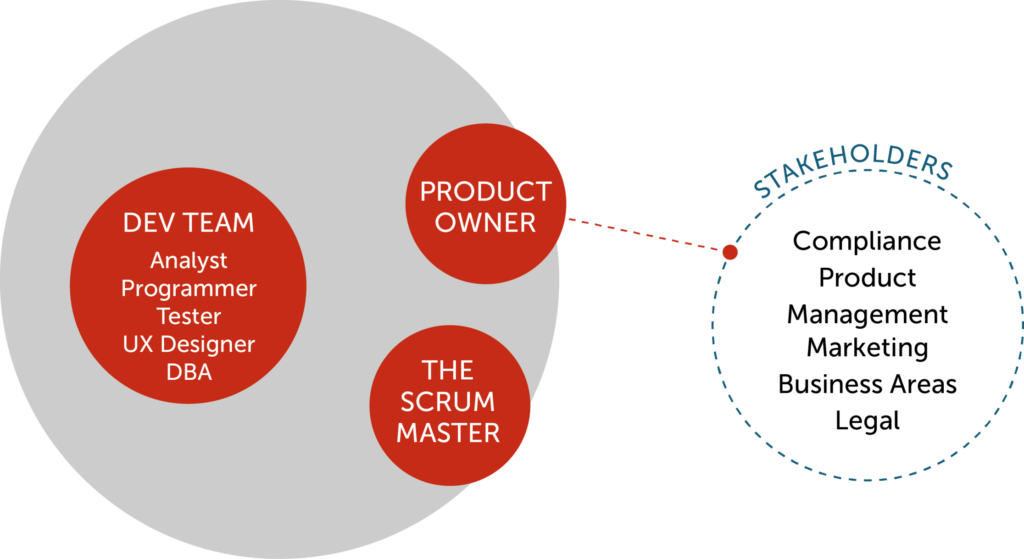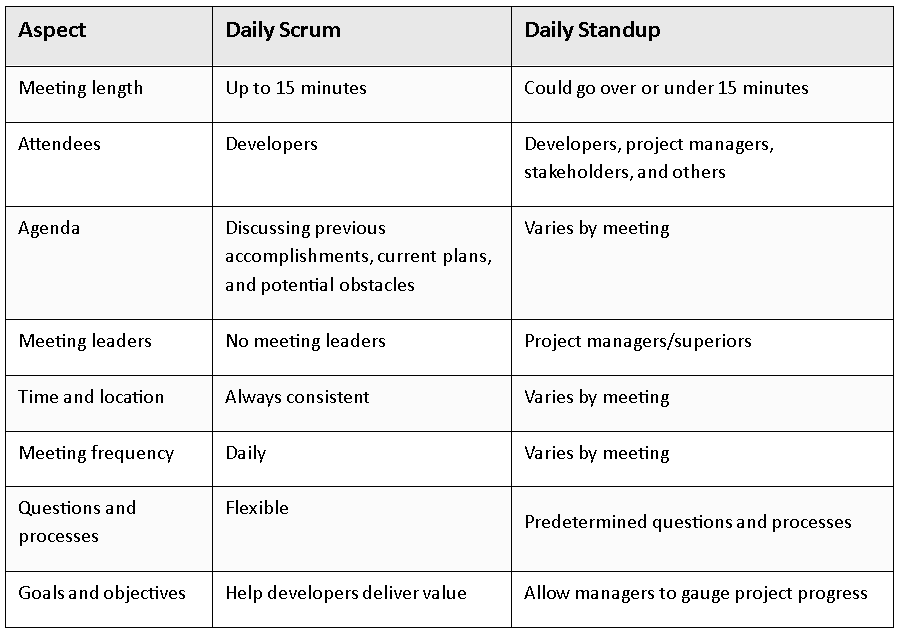Mastering the Daily Scrum: A Guide to Effective Agile Meetings
In the fast-paced world of Agile, the Daily Scrum is a critical touchpoint that empowers teams to stay aligned, adapt to changes, and collaborate effectively. Despite its simplicity, this daily meeting often faces challenges that hinder its true potential. In this blog, we’ll explore what the Daily Scrum is, common pitfalls, and practical tips to enhance its effectiveness.
Understanding the Daily Scrum
The Daily Scrum is a short, time-boxed meeting where the development team synchronizes progress and plans the day ahead. It’s a core component of Scrum methodology, designed not as a status update but as a collaborative inspection and adaptation opportunity.

Unlike traditional meetings, the Daily Scrum is not meant for problem-solving or detailed discussions; instead, it focuses on:
- Inspecting progress toward the Sprint Goal
- Adapting the Sprint Backlog
- Identifying potential roadblocks
Key Roles in a Daily Scrum

While the development team leads the conversation, other key stakeholders also play a role:
- Development Team: Owns the responsibility of conducting the Daily Scrum.
- Product Owner: May participate to provide insights into product backlog items.
- Scrum Master: Ensures the meeting’s integrity, fosters discipline, and facilitates effective discussions.
- Stakeholders/Observers: Can attend as silent listeners, ensuring the team remains focused.
Benefits of a Well-Executed Daily Scrum
When done right, the Daily Scrum offers numerous benefits:
- Enhanced Team Cohesion: Fosters a sense of shared responsibility and accountability.
- Quick Issue Identification: Helps identify impediments early.
- Reduced Meetings: Minimizes the need for other status updates.
- Faster Decision-Making: Enables swift, informed decisions.
- Continuous Improvement: Promotes transparency and iterative learning.
Challenges and How to Overcome Them
Despite its advantages, teams often face challenges during the Daily Scrum. Here are some common issues and tips to address them:
- Teams often face challenges during the Daily Scrum. Below are some common issues and actionable solutions:
- Unpreparedness and Irrelevant Discussions: Stick to the purpose of the meeting.
- Selection of Questions: Establish clear ground rules.
- Visualizing the Work: Leverage Scrum boards for transparency.
- Skipping or Cancelling: Fix the location and time to maintain consistency.
- Late Joiners and Poor Attendance: Promote attentiveness and punctuality.
- Distinguishing Blockers from Impediments: Use the ‘parking lot’ approach for unrelated issues.
- Micromanaging: Encourage creativity and innovation.
- Lack of Psychological Safety: Recommend video calls for remote teams to foster open communication.
The Quickest Meeting of Scrum
When Daily scrum comes into regular practice, team will feel it facile in sharing the project updates. The duration of this event is always maintained to be 15 minutes and this remains unaffected by any factors such as team size, Sprint duration, phases of the sprint and so on.
Daily Scrum vs. Standup: Understanding the Difference
While often used interchangeably, Daily Scrum and standup meetings differ in purpose and structure. A standup may serve as a general team sync, whereas the Daily Scrum is a focused, goal-oriented Agile practice within the Scrum framework.

Final Thoughts
A successful Daily Scrum isn’t just about following the process—it’s about fostering collaboration, adaptability, and continuous improvement. By embracing the principles of transparency and inspection, teams can unlock their true potential and drive project success.
Remember, the key to an effective Daily Scrum is commitment from the team. Keep it concise, keep it focused, and most importantly, keep it valuable.
Happy Scrumming!

